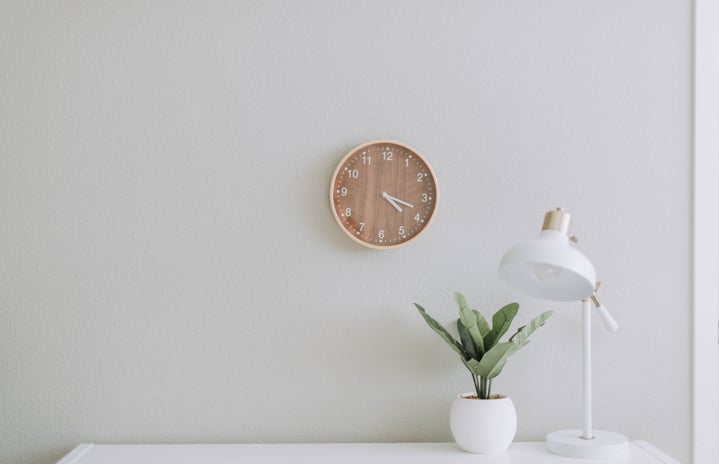Design is everywhere. Design is on your bedroom door, kitchen tiles, and even the keyboard I’m typing this article on. Everything we use has gone through the motions of design from prototype to final product.
Style and decor have shaped society’s expression since we discovered art. Generations of our time can be defined through numerous styles and aesthetics. According to V&A, the style of the ‘Swingin’ Sixties’ can be seen as “an obvious sign of shifting attitudes”. It was the start of the youth rebelling against traditional ideals, as well as being considered the “birth of the modern age”.
Much of the pop culture from different decades has stemmed from political outrage or disillusionment. However, they have characterized themselves as a part of society and how we used to express ourselves. Artistic tastes and appreciation have long since been a part of our identities.
Cut to the present, and minimalism is born! Contrasting the loud and expressive way of design from past decades, minimalism embodies ‘less is more.’ Minimalism has ties to anticonsumerist ideals, organized spaces, and a simple color palette.
The history of minimalism began in the 1960s after World War II. Minimalism started as a form of abstract art meant to express art through simplicity, often geometric shapes and structures.
Over time, minimalism has blossomed into a lifestyle about living with less and being surrounded solely by essentials. It has grown popular recently on social media over the past few years and has even made its way into design.
Much of graphic design has turned into flat, two-dimensional styles with complementary colors (i.e., red and green, blue and orange). While this style is not inherently bad, people have their critiques.
An example of graphic design that offended many was the Firefox logo. Firefox was first launched in 2004, and its logo included a detailed icon of a fox with its body around the earth, mimicking the appearance of fire.
Over the years, the company changed its logo into a two-dimensional evolution of what it used to be. This outraged many people on social media, creating memes and conversations surrounding the sudden ‘change’ in graphic design.
It isn’t just logo icons but the entire field of graphic design; it has leaned into the new fad of flat, angular styles.
This type of graphic art often depicts an array of characters drawn in a vector style. Usually with geometric shapes and colorful patterns. This kind of art in advertising is easy to make and very generic, yet relatable to the viewer. Tech companies and most social media apps use this style.
This ‘change’ in design has been called “Corporate Memphis”.
This phenomenon continues with interior design as well. An example of this is Kim Kardashian’s home.
Many people online have joked that Kim Kardashian’s home looks lifeless because of the muted colors and empty hallways. Because Kim Kardashian is one of the biggest celebrities of all time, her influence on styles intrigues people.
Many have adopted this style into their everyday living space by decluttering and keeping the necessities.
In contrast to now, something has definitely changed when looking back on the memorable decorum and styles of past decades. Simplistic patterns and muted colors have dominated the design scene.
This has left many of our youth online to be nostalgic for a time they were never alive for and begs the question: is minimalism destroying design? Is minimalism stripping away the personality of our generation?
As a result, many people have grown disdain for minimalist aesthetics and leaned towards anything that suits their style.
Art and style are constantly evolving.
While the minimalist lifestyle promotes a healthy mindset, how much does it encourage creativity?
How do you feel about minimalism? Let us know @HerCampusSJSU!


